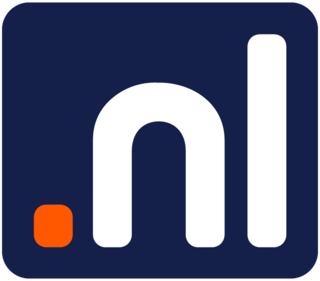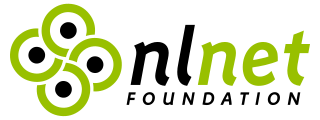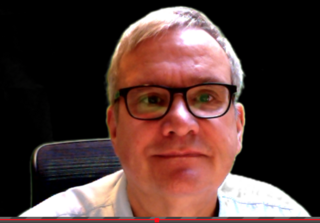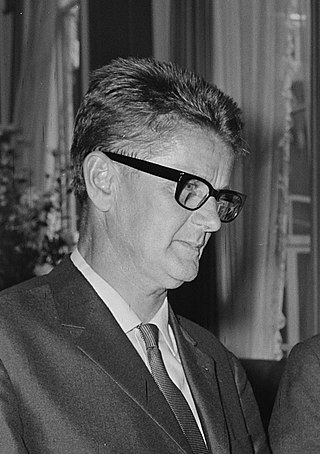
Kremvax was originally a fictitious Usenet site at the Kremlin, named like the then large number of Usenet VAXen with names of the form foovax. Kremvax was announced on April 1, 1984, in a posting ostensibly originated there by Soviet leader Konstantin Chernenko. The posting was actually forged by Piet Beertema of CWI as an April Fool's prank—"because the notion that Usenet might ever penetrate the Iron Curtain seemed so totally absurd at the time".

Zwolle is a city and municipality in the Northeastern Netherlands. It is the capital of the province of Overijssel and the province's second-largest municipality, after Enschede, and has a population of 132.441 as of December 2023. Zwolle borders the province of Gelderland and lies on the eastern side of the River IJssel.

.nl is the Internet country code top-level domain (ccTLD) for the Netherlands. It is one of the most popular ccTLDs with over six million registered .nl domains as of 29 September 2020.
The Centrum Wiskunde & Informatica is a research centre in the field of mathematics and theoretical computer science. It is part of the institutes organization of the Dutch Research Council (NWO) and is located at the Amsterdam Science Park. This institute is famous as the creation site of the programming language Python. It was a founding member of the European Research Consortium for Informatics and Mathematics (ERCIM).

The NLnet Foundation supports organizations and people that contribute to an open information society. It was influential in spreading the Internet throughout Europe in the 1980s. In 1997, the foundation sold off its commercial networking operations to UUNET, resulting in an endowment with which it makes grants.
EUnet was a very loose collaboration of individual European UNIX sites in the 1980s that evolved into the fully commercial entity EUnet International Ltd in 1996. It was sold to Qwest in 1998. EUnet played a decisive role in the adoption of TCP/IP in Europe beginning in 1988.
Buddhism is a small minority religion in the Netherlands, but it has shown rapid growth in recent years. As of the 2006 estimate, 170,000 Dutch people identified their religion as Buddhist.

UPC Nederland was the second largest cable operator in the Netherlands, providing cable television, broadband Internet, and telephone service to both residential and commercial customers.

Zwarte Piet, also known in English by the translated name Black Pete, is the companion of Saint Nicholas in the folklore of the Low Countries. Traditionally, Zwarte Piet serves as an assistant to the saint and distributes sweets and gifts to well-behaved children.

Walraven "Wally" van Hall was a Dutch banker and resistance leader during the occupation of the Netherlands in World War II. He founded the bank of the Resistance, which was used to distribute funds to victims of the Nazi occupation of the Netherlands and fund the Dutch resistance. Van Hall was executed by the German occupier in Haarlem shortly before the end of the war and buried at the Erebegraafplaats Bloemendaal.
Dutch profanity can be divided into several categories. Often, the words used in profanity by speakers of Dutch are based around various names for diseases. In many cases, these words have evolved into slang, and many euphemisms for diseases are in common use.
The Biografisch Portaal is an initiative based at the Huygens Institute for Dutch History in Amsterdam, with the aim of making biographical texts of the Netherlands more accessible.

Pieter Abramsen was a Dutch sculptor, and visiting professor at the Delft University of Technology, known for his work in which abstraction and realism are joined.
The following is a timeline of the history of the municipality of Eindhoven, Netherlands.
Hans Renders is a professor of history and biography theory at the University of Groningen. Since 2004, he is also the head of the university's "Biography Institute".

As of 2018, Wolters Kluwer ranks as the Dutch biggest publisher of books in terms of revenue. Other notable Dutch houses include Brill and Elsevier.

Daniel Karrenberg is a German computer scientist and one of Europe's Internet pioneer who lives in the Netherlands.

Casparus Bernardus Oorthuys, known as Cas Oorthuys, was a Dutch photographer and designer active from the 1930s until the 1970s.

Jaap Tamino van Dissel is a Dutch virologist and infectiologist.












